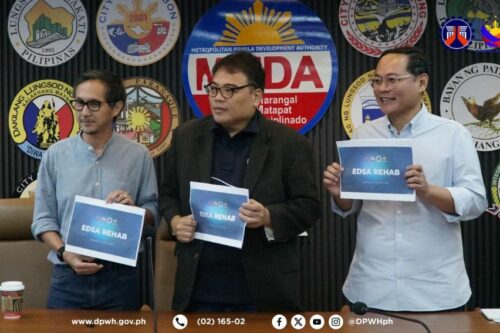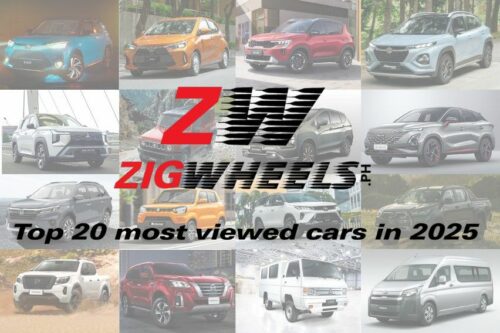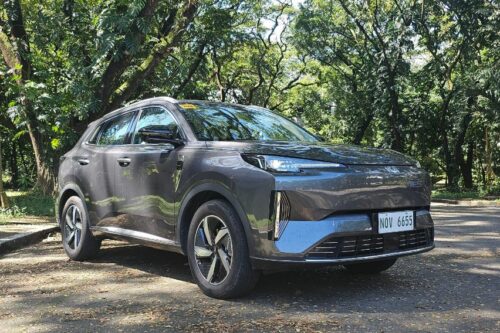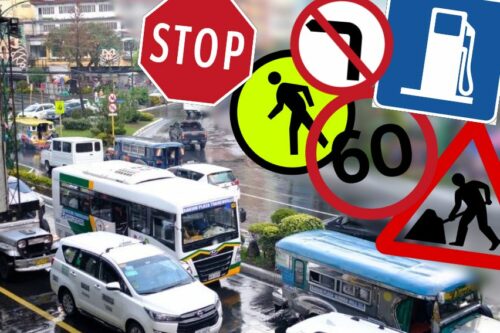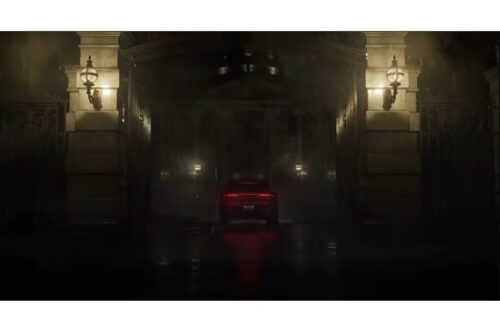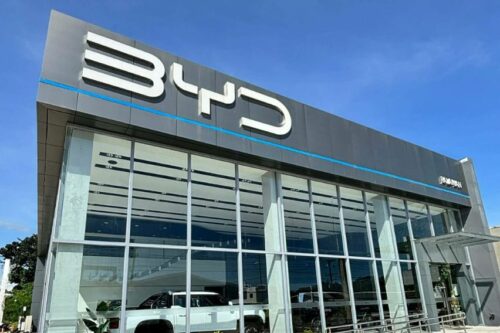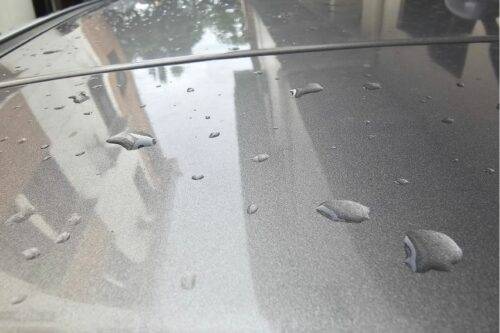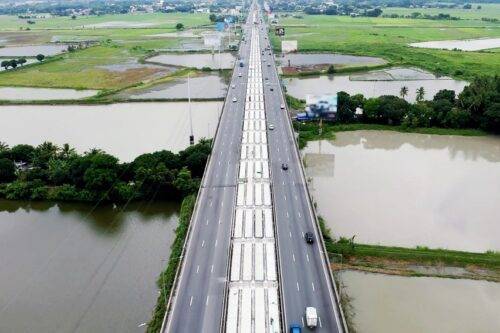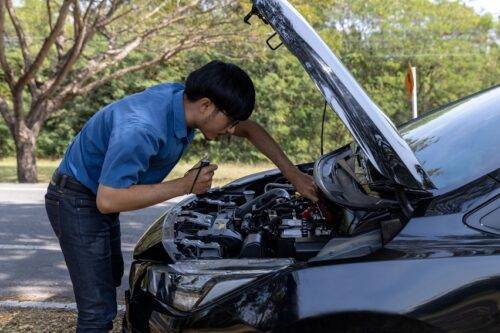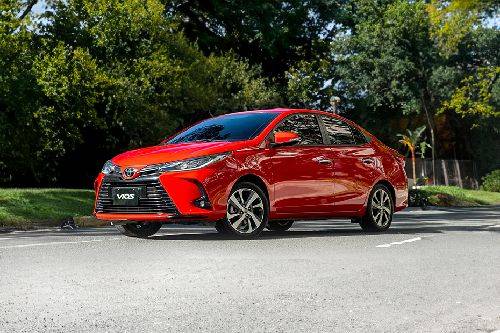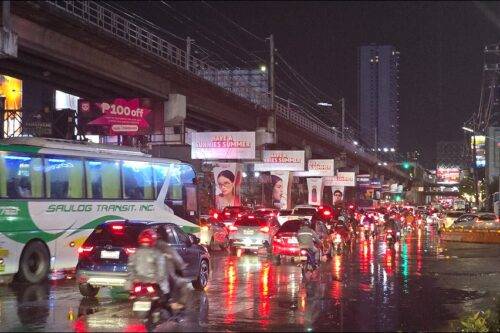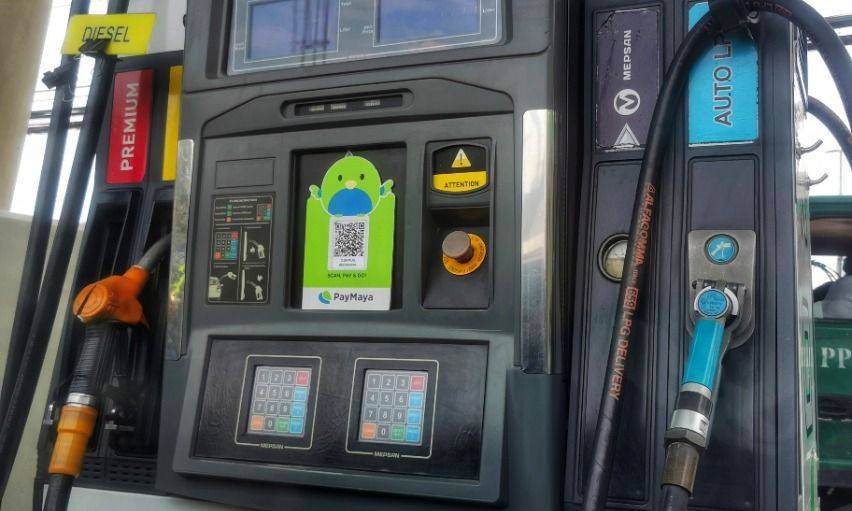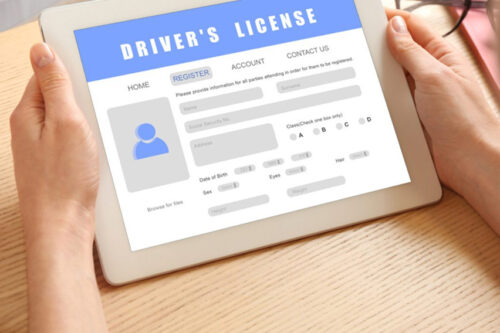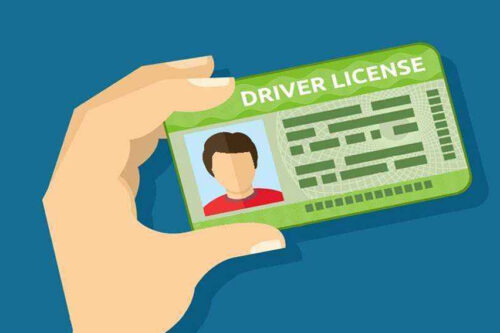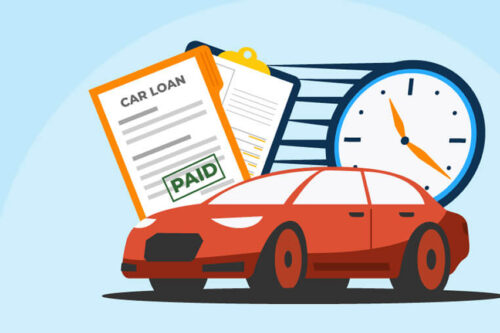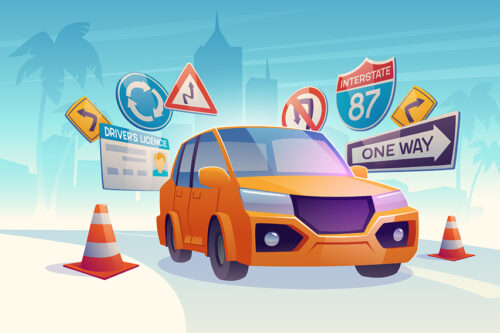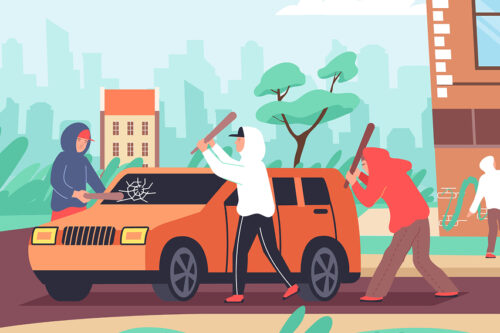DOTr lays down public transportation regulations for GCQ areas
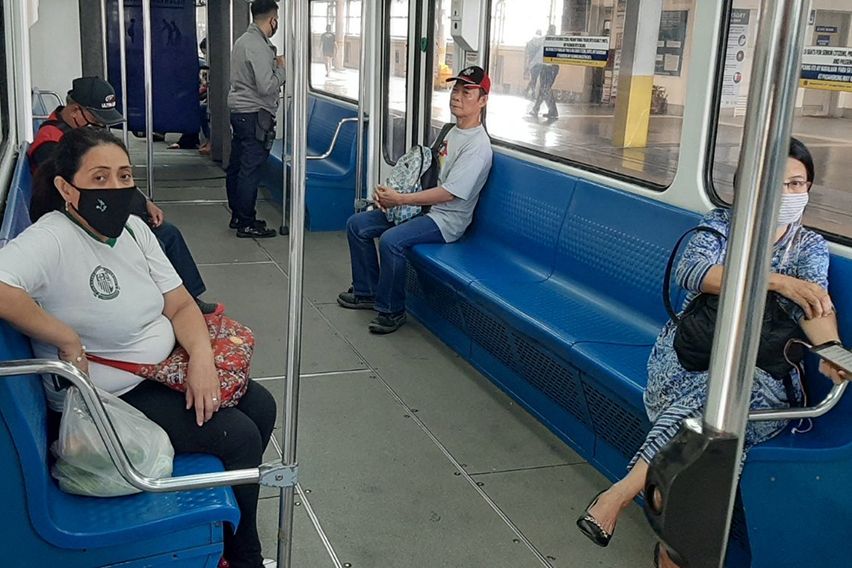
MANILA: The Department of Transportation (DOTr) has established regulations for public transport in areas considered to be low-risk in terms of the transmission of COVID-19 in the country. This is in line with the guidelines in place under general community quarantine (GCQ) beginning May 1.
Quarantine rules will be modified, and the reopening of some non-essential businesses will be permitted, among other regulations intended to alleviate the economic impact of COVID-19 in the country.
During an online briefing held last April 30, DOTr Undersecretary Artemio Tuazon Jr. stated that the guidelines would enable the partial reopening of public transportation in areas under GCQ. On the other hand, public transport will still not be operational in areas under enhanced community quarantine (ECQ).
Promulgated by the Inter-Agency Task Force on Emerging Infectious Diseases (IATF-EID) and incorporated into its ongoing guidelines, Tuazon explained that the new regulations need a separate permit for public utility vehicles (PUVs) before service. It also requires a 50% reduction in passenger capacity for UV Express, jeepneys, and buses, following the one-meter physical distancing measure.

PUVs having higher passenger capacity like buses will be given higher priority, according to the Department Order No. 2017-011. In locations where buses are not sufficient to cater to the actual passenger demand, or if road characteristics will not allow operations, PUVMP-compliant PUVs will be the next priority.
In locations were no other means of public transport is available, tricycles may be allowed to operate as authorized by the LTFRB, in cooperation with the corresponding local government unit (LGU). Only one passenger will be allowed per trip for tricycles.
As for transport network vehicle services (TNVS) and taxis, Tuazon explained that they would be permitted to ferry a maximum of two passengers. Motorcycle taxis will still not be allowed to operate, as these do not follow social distancing measures.
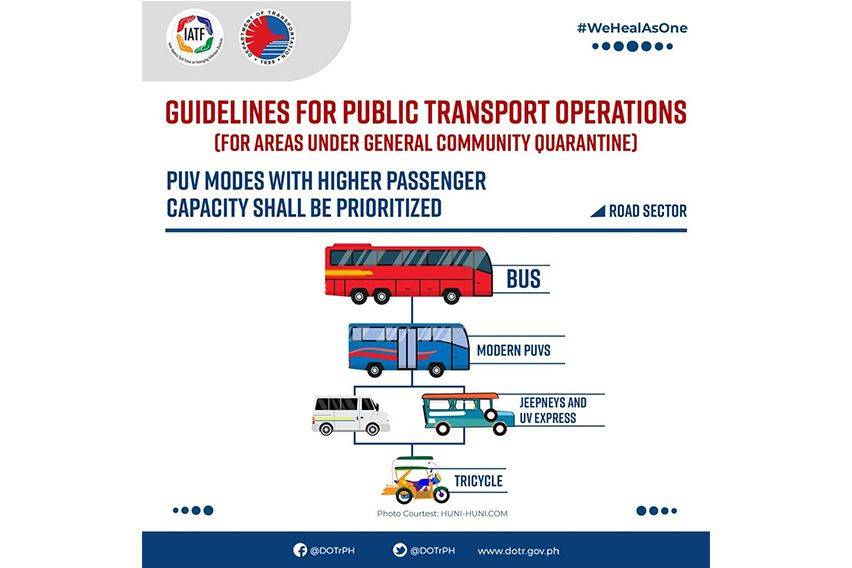
Tuazon also added that all drivers need to wear face masks and that protective measures should be employed, such as the use of an acetate or plastic wall, to separate them from their passengers. All passengers also need to wear face masks since they will not be allowed to board PUVs without wearing one.
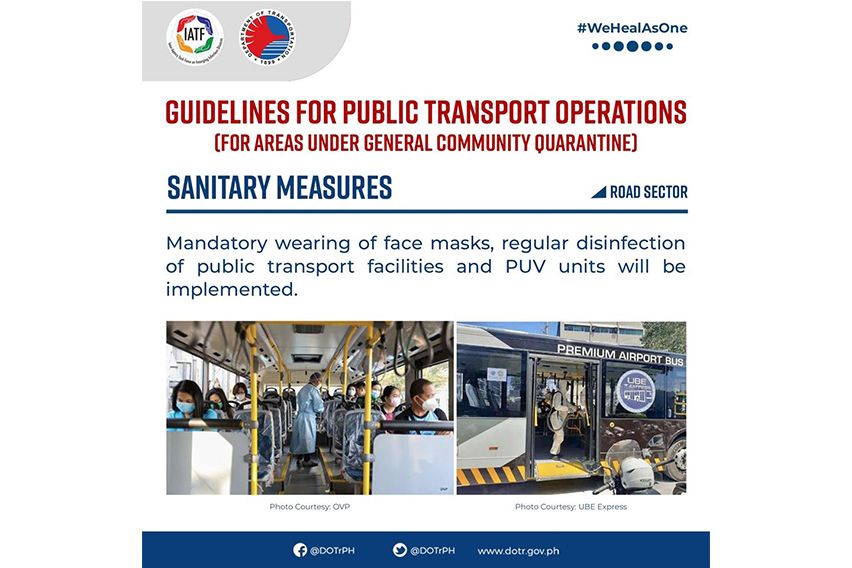
He explained that automatic ticket collection would be done to enable minimal contact. If not possible, passengers need to pay the driver first before entering the vehicle. Aside from preventing the entry of those who are not wearing face masks, Tuazon also said that passengers showing signs of low-grade fever and other COVID-19 –related symptoms will be denied in terms of entry to PUVs.
Footbaths in passenger loading areas will be required to minimize the probability of disease transmission, while a one-meter physical distancing rule will be imposed for passengers who are lining up for a ride.
DOTr Assistant Secretary Mark de Leon also stated that PUVs need to undergo sanitization after every round-trip. The installation of sanitization facilities will also be done in each transport terminal, which includes the provision of hand sanitizers and hand-washing stations.
Land Transportation Franchising and Regulatory Board (LTFRB) Chairman Martin Delgra III explained that operators and drivers of PUVs could obtain special permits beginning May 1 through an online application or by going to the LTFRB main office or any of its regional offices.
Delgra pointed out that even though the special permit will be issued free of charge, a limited number of PUVs will be permitted to operate, and they must be authorized by the Land Transportation Office (LTO).
There are also no plans for fare increase on public transportation since this would contribute to the burden of ordinary commuters.
Meanwhile, Tugade also stated that the DOTr is currently devising an incentive package for PUV operators and drivers to help lessen the burden on PUVs working at a limited capacity. The “stimulant package,” as what DOTr calls it, may consist of numerous components. Tugade further explained that they are looking into the possibility of providing support in terms of fuel costs, which might be 30% of daily fuel consumption.
The support package may also involve the extension of existing loans for a maximum of three months with no interest and loan agreements having favorable terms and conditions.
Tuazon added that the DOTr and its line offices would collaborate with the Philippine National Police (PNP) for the effective implementation of these guidelines.
The IATF-EID also announced earlier that Davao City, Bacolod City, Cebu, Iloilo, Benguet, Pangasinan, CALABARZON, Central Luzon (excluding Aurora province), and Metro Manila will still be under ECQ starting May 1, while areas not included in the list will already be under GCQ.
Photos from the Department of Transportation
Also read: DOTr now provides free bus rides for medical frontliners nationwide, Mass transport suspended under enhanced community quarantine
Sell your car at the best price
 Verified and genuine buyers
Verified and genuine buyers
Trending & Fresh Updates
- Latest
- Popular
You might also be interested in
- News
- Featured Stories
Featured Cars
- Latest
- Upcoming
- Popular
Latest Car Videos on Zigwheels

Car Articles From Carmudi
- journal
- advice
- financing
- insurance


